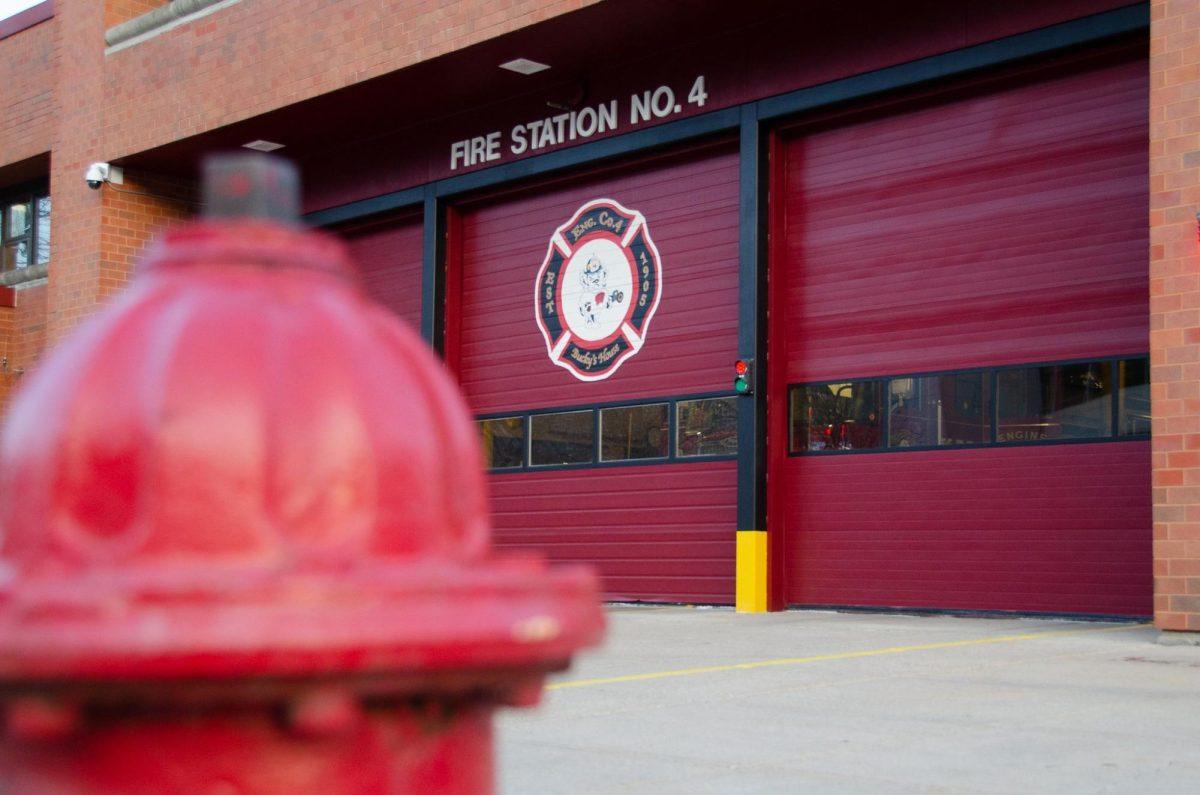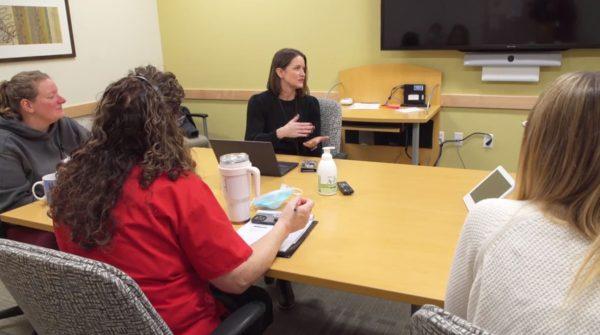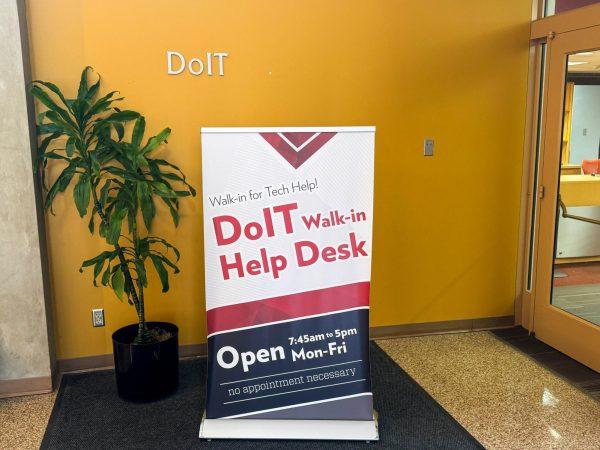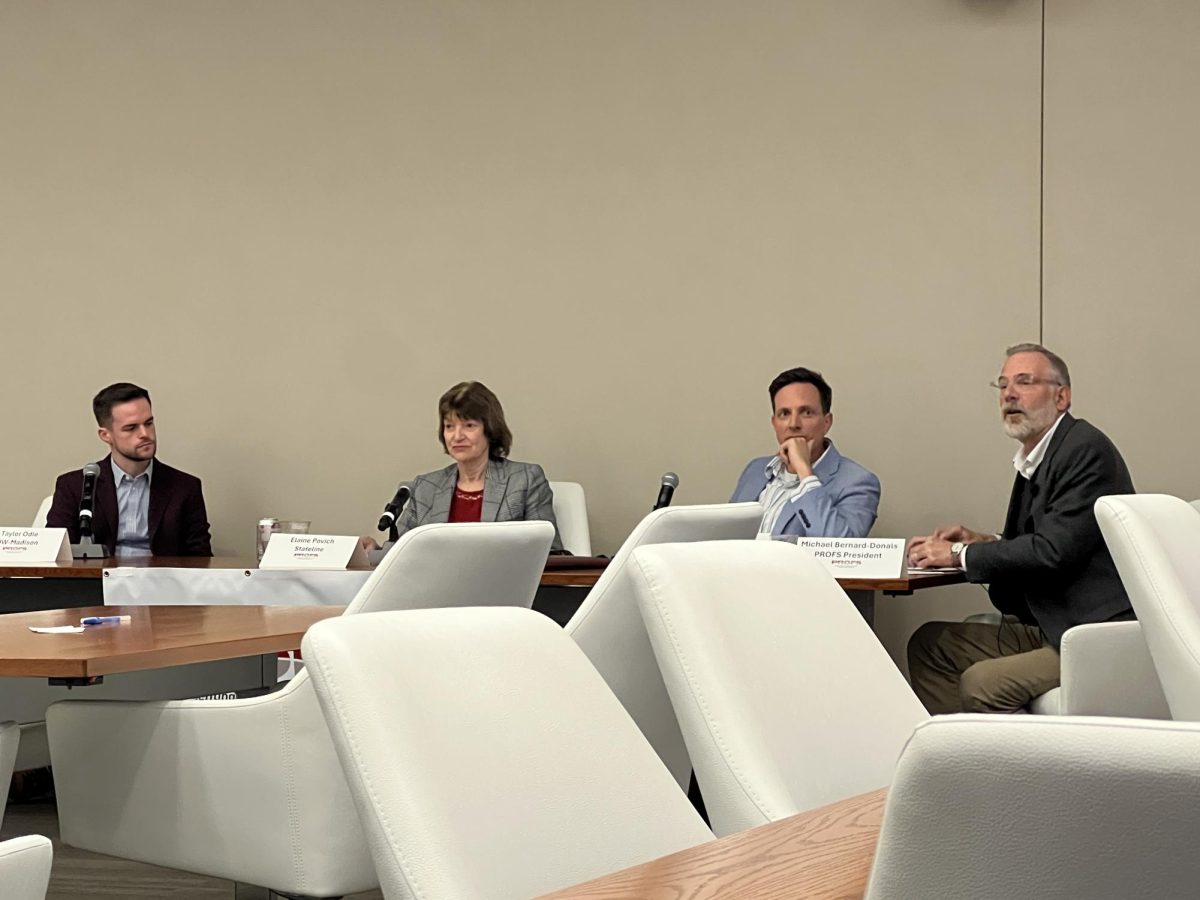At the beginning of March, the Madison Fire Department implemented a new initiative to begin carrying and administering buprenorphine. Emergency responders can administer buprenorphine to treat opioid withdrawal symptoms after initially responding to an overdose with Narcan (naloxone).
MFD Division Chief of Emergency Medical Services Training and Logistics Chris Hammes said the initiative hit the ground running, and buprenorphine was administered on the first shift after the initiative had been deployed.
Before implementing the buprenorphine initiative, MFD was only administering Naloxone, a medication that reverses the effects of an overdose by blocking opioid receptors in the brain, in response to overdose events. There are two forms of currently Food & Drug Administration-approved naloxone — an injectable and a prepackaged nasal spray with the brand name Narcan.
MFD Medical Director Dr. Megan Gussick said in the field, MFD administered Narcan for almost 400 overdoses last year — about once per day.
According to the Centers for Disease Control, many times patients will end up in immediate withdrawal and may feel ill after receiving Narcan because their bodies have become physically dependent on opioids.
“Providing [patients] with Narcan in the moment of an overdose is impactful, but it didn’t feel like it really broke the cycle of their addiction.” Gussick said. “We wanted to implement something that would help them or allow them to take that next step in entering a treatment program.”
Buprenorphine is a medication typically administered in hospitals and clinics to patients experiencing opioid use disorder while arranging referrals for a more formal treatment program, Hammes said. Almost 50% of people who are started on buprenorphine are still in treatment programs 30 days after discharge.
Buprenorphine is an oral medication that has proven effective in mitigating acute opioid withdrawal symptoms, according to the FDA. It is one of three drugs the FDA has approved for the treatment of opioid dependence. The medication has proven effective in treating OUD when combined with long-term treatment support.
Pre-hospital initiation of buprenorphine has the potential to reach patients at high risk for opioid-related death. Hammes said many of these high-risk patients may never engage in treatment because not all of them are transported to the hospital. But MFD personnel meet people where they’re at by responding to patients in their home environments and out in the community.
“The belief is that patients don’t have to wait to get to the ER for them to get appropriate treatment — it can start with our various skilled paramedics in the field,” Gussick said.
Non-transport after pre-hospital naloxone administration is associated with an increased risk of subsequent overdose events. Hammes said the team often encounters repeat patients struggling with OUD or suffering from opioid-related withdrawal symptoms who are not able to break the cycle.
According to Hammes, community paramedics will follow up with anyone who is administered or evaluated for the administration of buprenorphine within 24 hours to provide extra resources and connect them to treatment programs. The MFD works in collaboration with hospitals to supply buprenorphine and give patients time to start a treatment program.
The buprenorphine initiative is about access and getting people in a position where they can get to the front door for treatment and get help for OUD. Hammes said the ultimate goal of the initiative is to reduce the number of OUD-related deaths.
“Opioid use disorder shows no boundaries. It truly affects all socio-economic classes, educated or uneducated, people of all shapes, colors and genders who we encounter in the community,” Hammes said.
According to the most recent data from the Wisconsin Department of Health Services, the rate of opioid-related deaths increased by 18.7% between 2020 and 2022 in Wisconsin.
In 2022, 1,464 opioid-related fatalities occurred in-state, and of those, 126 occurred in Dane County.
The program extends throughout the city of Madison which includes the University of Wisconsin. Hammes said the initiative has the potential to positively impact the student population by offering an avenue to assist students who are struggling with OUD.
According to University Health Services Alcohol and Drug Misuse Prevention Specialist Jenna Retzlaff, overdoses were the leading cause of preventable death in 2021 for those 18–45 years old, which is a large demographic on campus. In Dane County, nearly one-third of opioid fatalities in 2021 occurred in those between 18–44 years.
Retzlaff said there has been a sharp spike in overdose deaths related to fentanyl, a synthetic opioid. Fentanyl has been found mixed into other drugs including counterfeit pills, which is a major concern on campus.
According to the CDC, fentanyl is 50 times more potent than heroin and 100 times more potent than morphine.
In collaboration with Wisconsin Voices for Recovery, UW provides access to free naloxone and fentanyl testing strips on campus to prevent student deaths due to opioid overdose. There are currently boxes containing Narcan nasal spray in 25 locations on campus to ensure the community has access to the potentially life-saving drug.
Wisconsin Voices for Recovery and UHS offer free naloxone training, which includes how to recognize the signs of an opioid overdose. Retzlaff said training is not necessary to administer Narcan. The Narcan packaging and naloxone campus boxes have directions on them, and first responders can help guide when someone calls 911.
“Everyone has the ability to administer Narcan … especially if it’s the intranasal one. It’s just about recognizing what an overdose looks like, having Narcan available and not being afraid to use it,” Gussick said.
Because stronger opioids exist today, such as fentanyl, Gussick said they could be mixed into drugs or taken straight. Calling 911 and having medics present to provide that additional level of care is particularly critical in these situations. It’s also important to stay with the person who needs an emergency response until help arrives.
There are resources on and off campus to support those struggling with substance use disorder. UHS has trained mental health counselors who specialize in substance misuse, and the 24 hour UHS crisis intervention line can be reached at (608) 265-8270. Badger Recovery is a peer-to-peer SUD recovery program that creates a community where students can access support and resources.
In the event of an emergency, call 911.

















